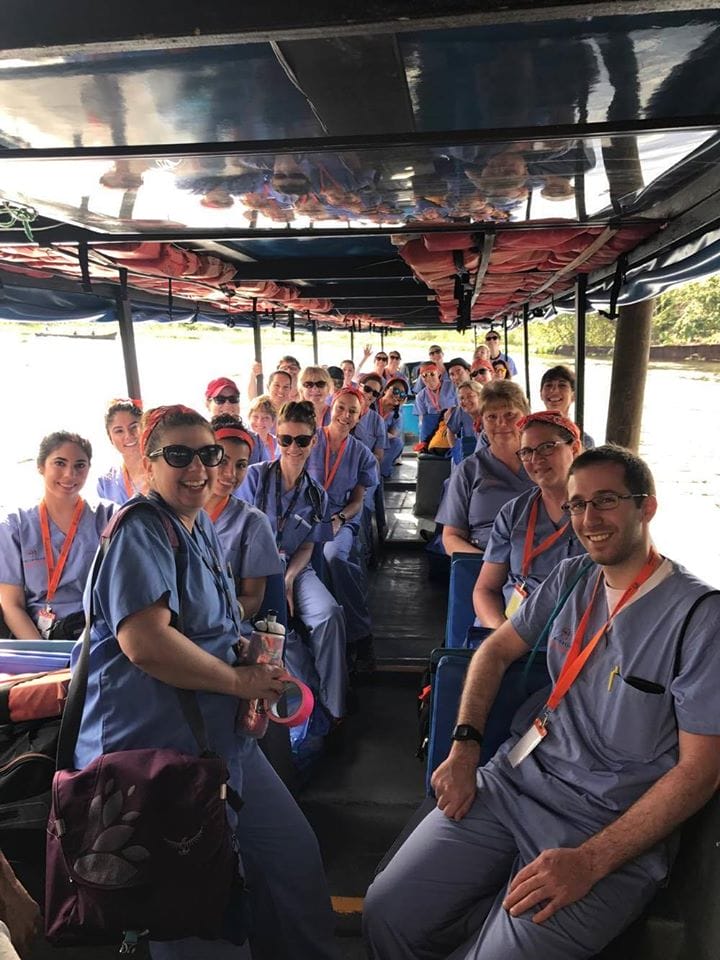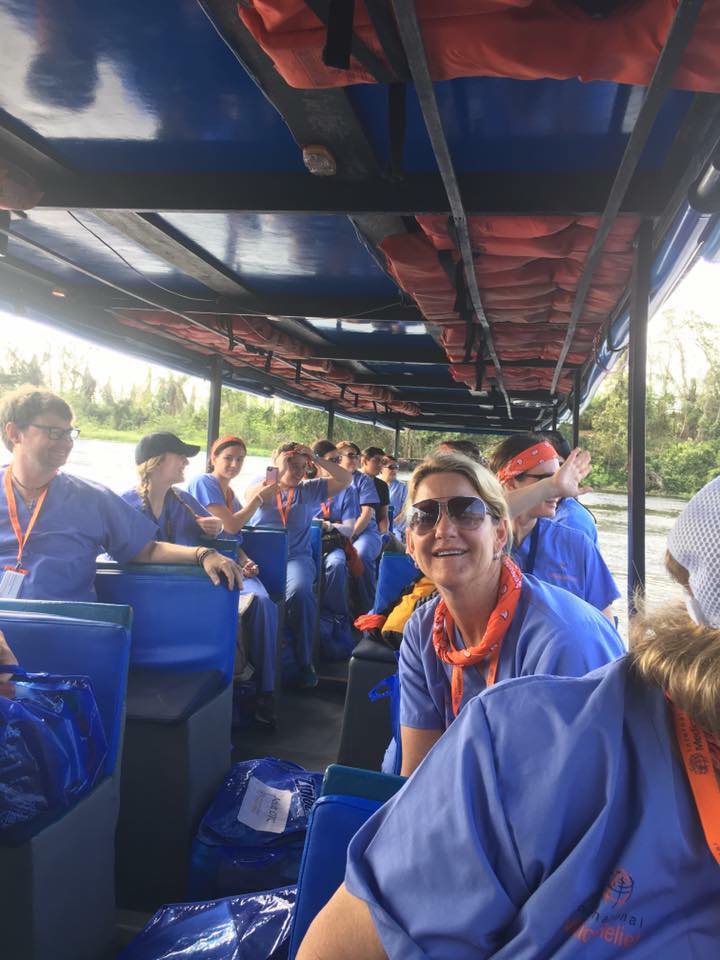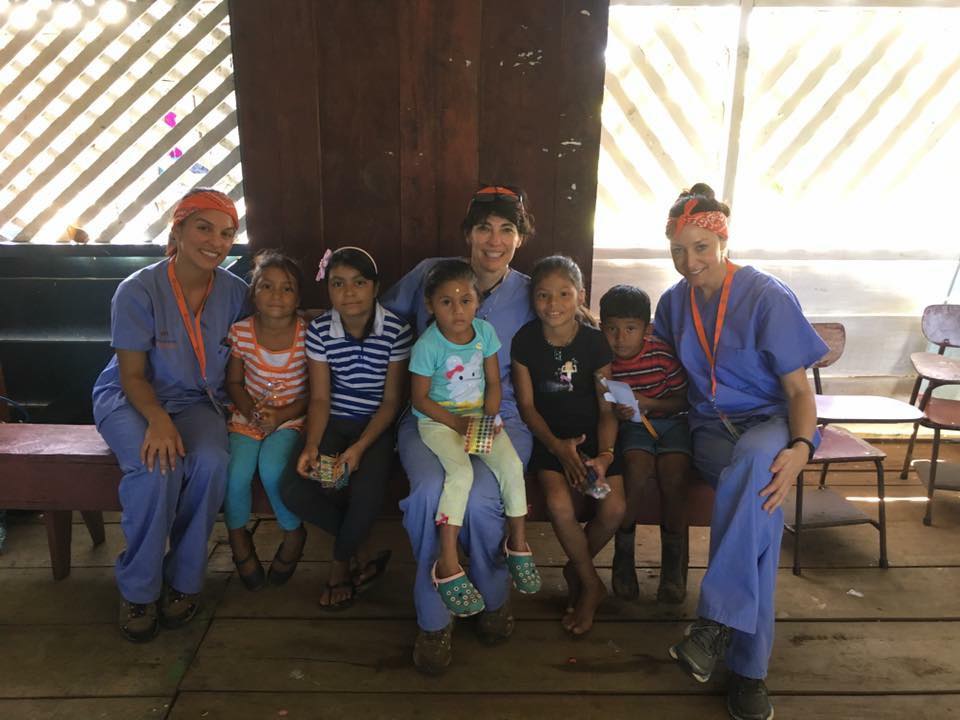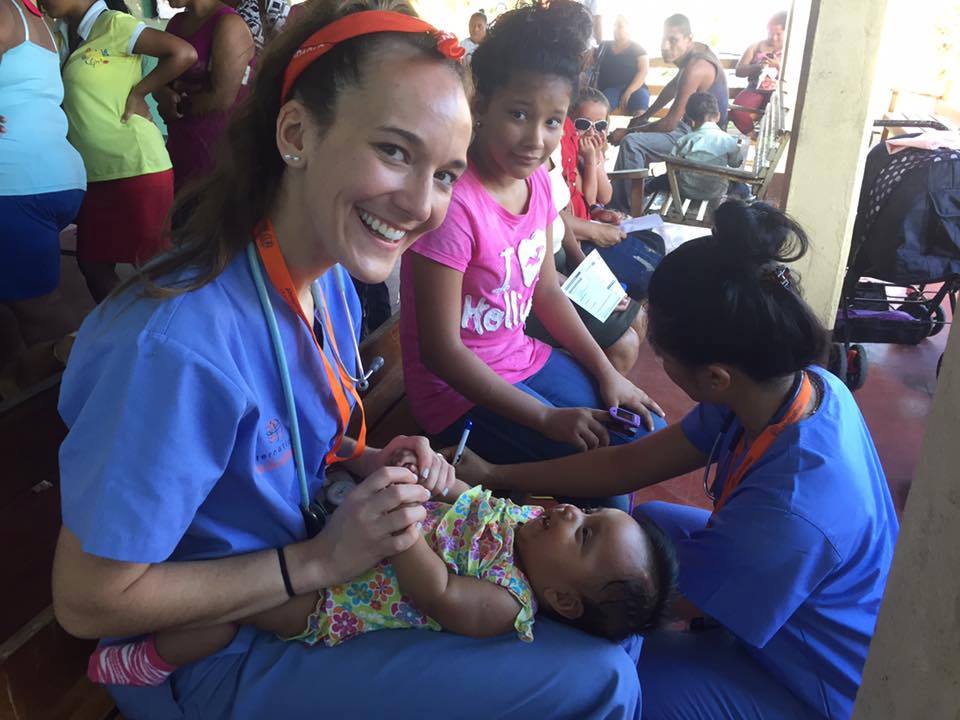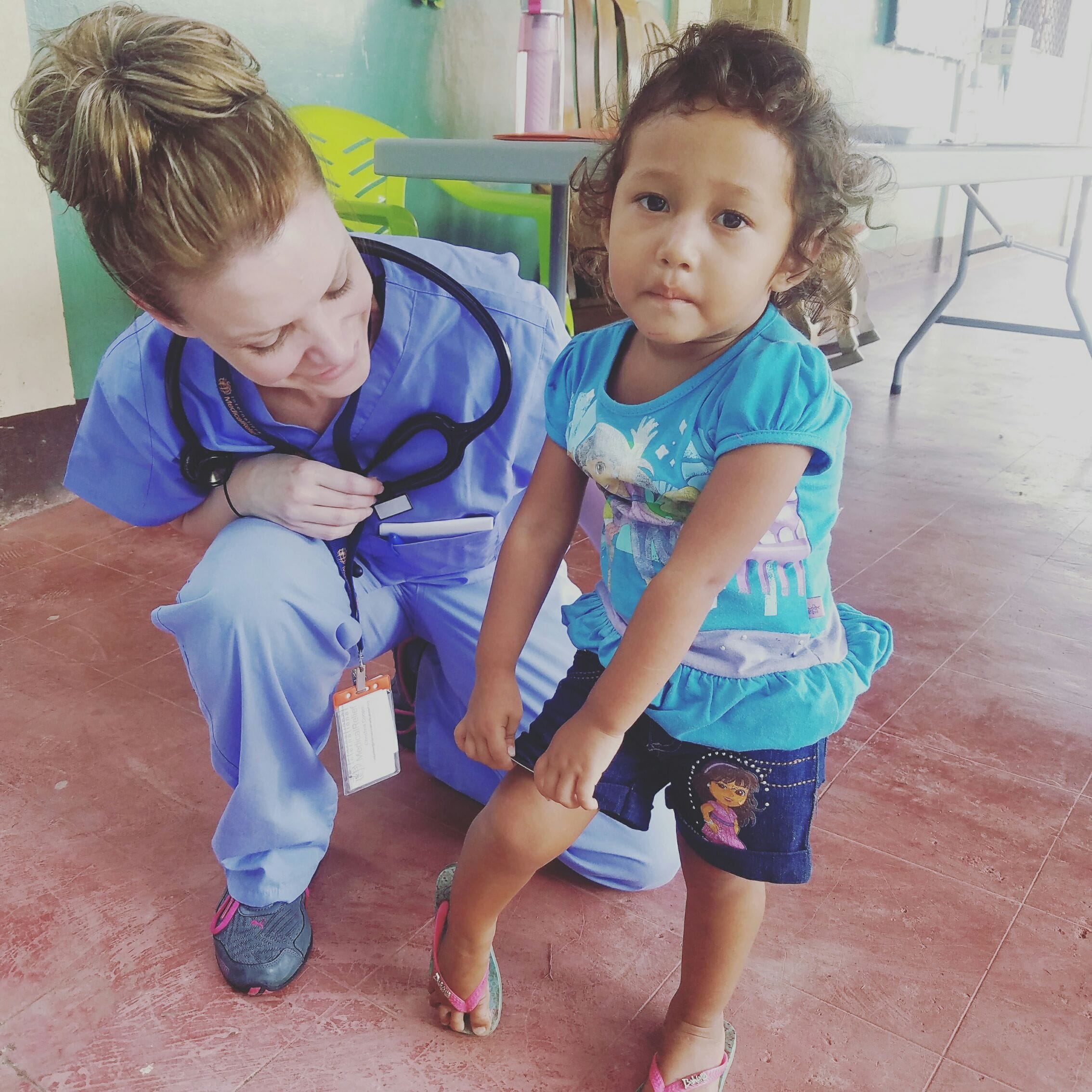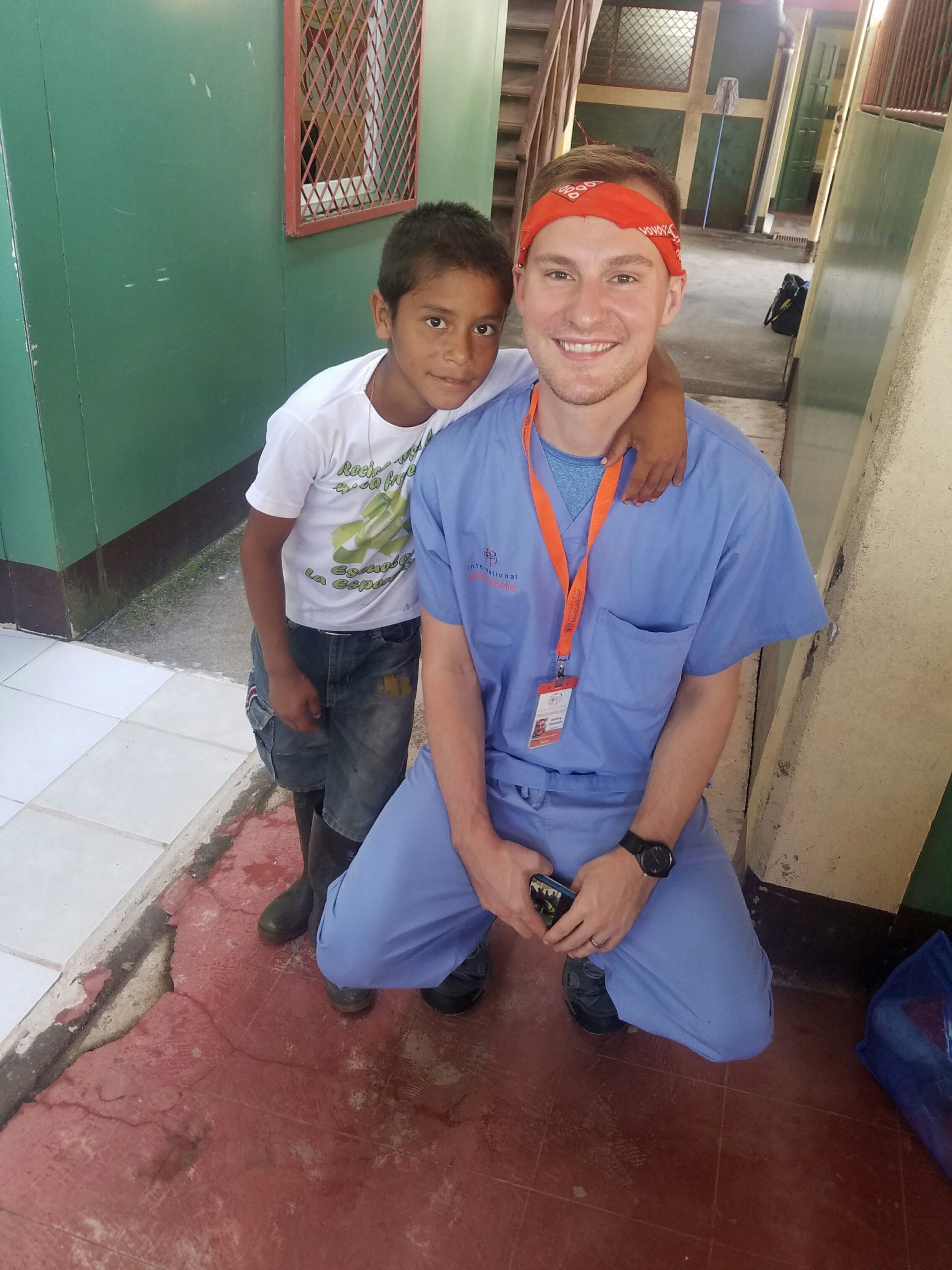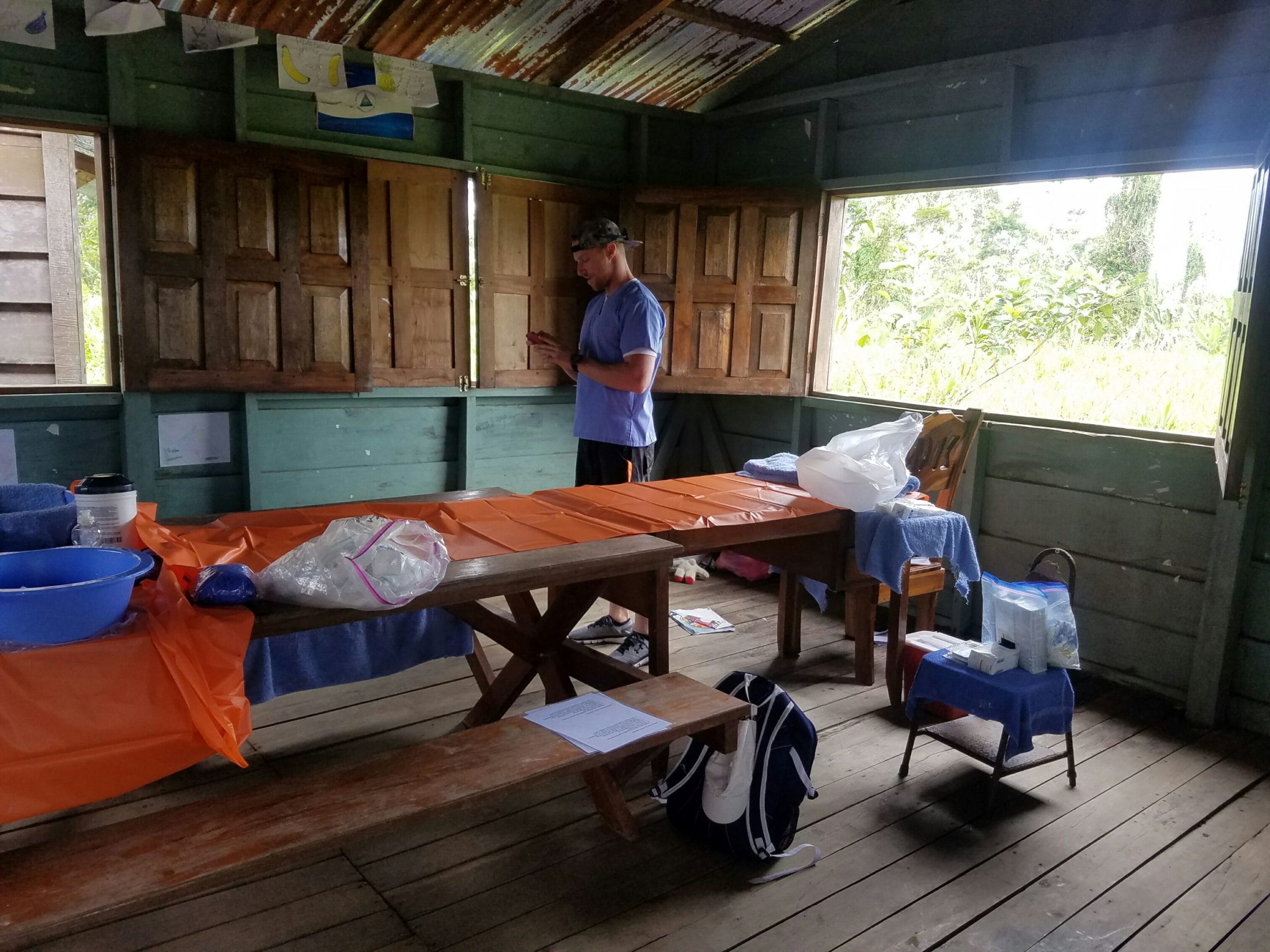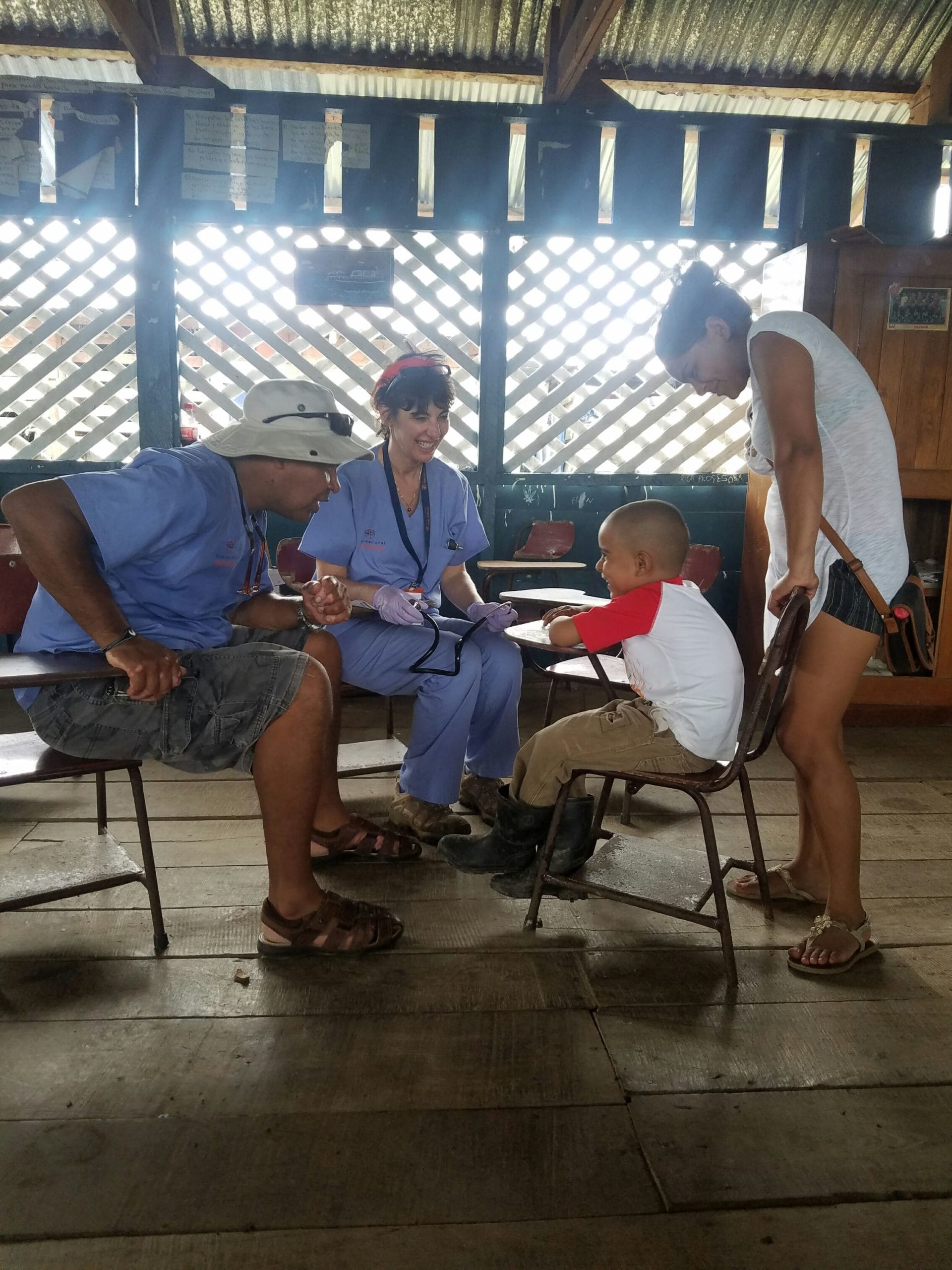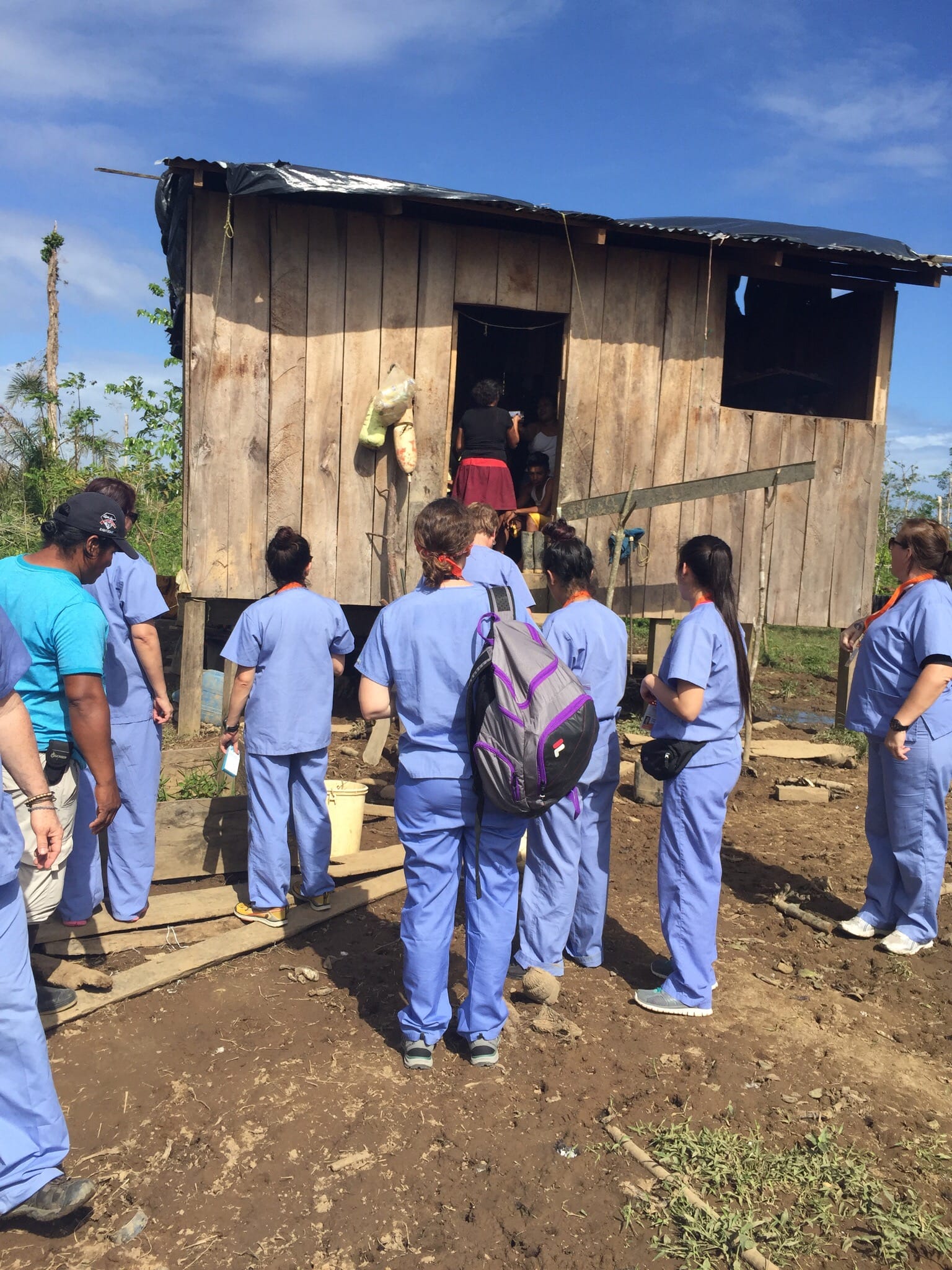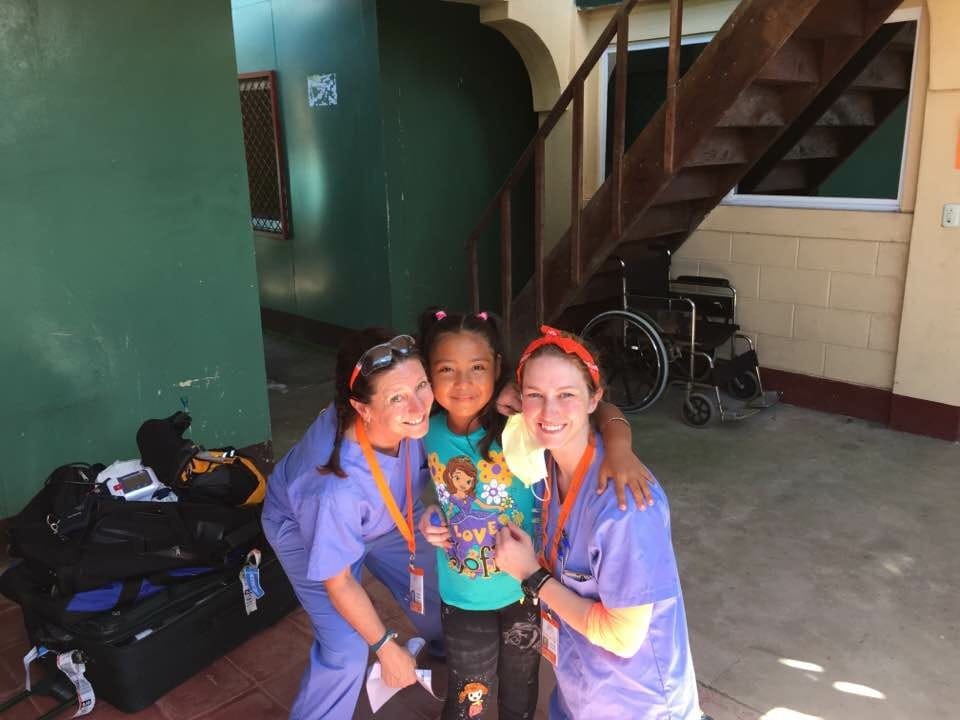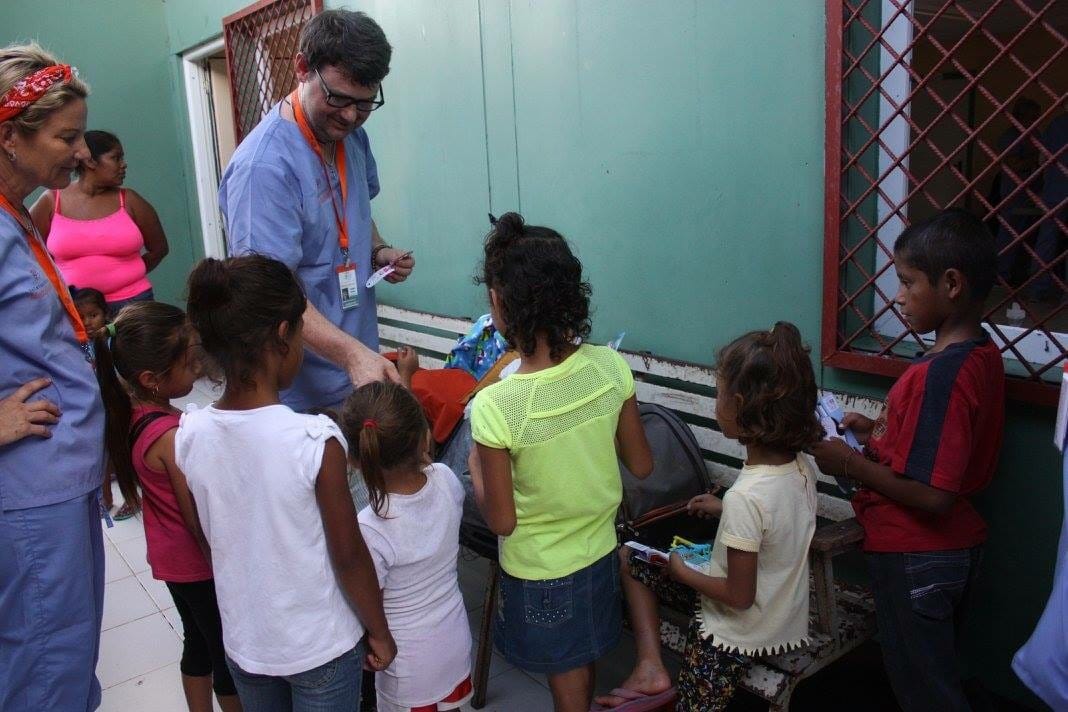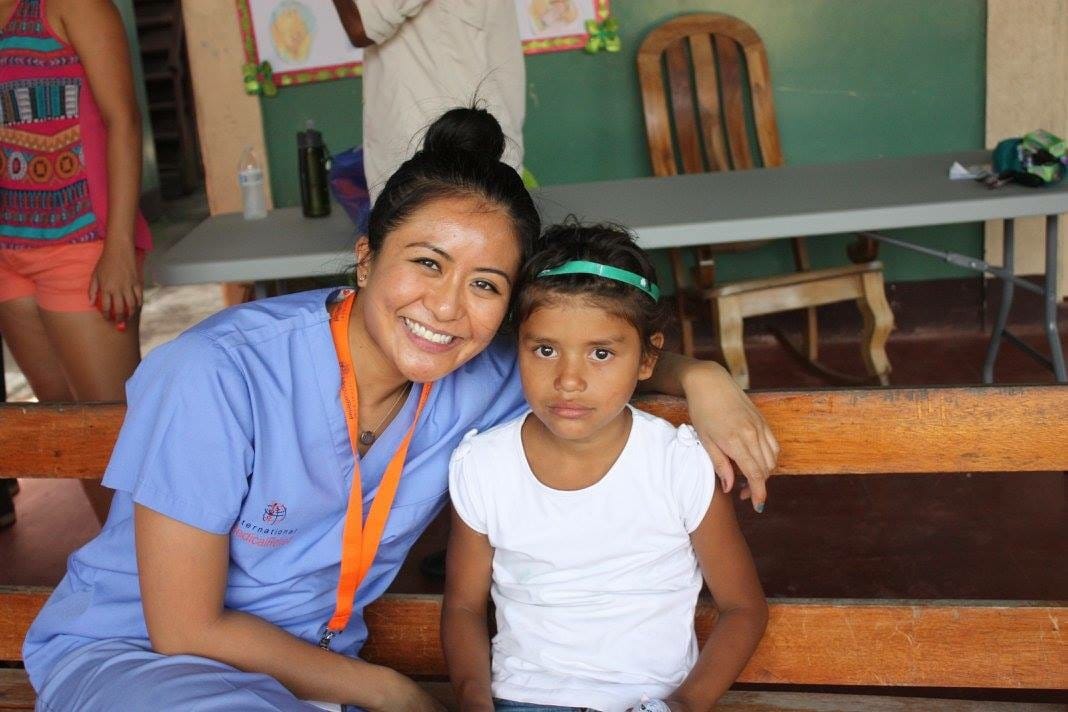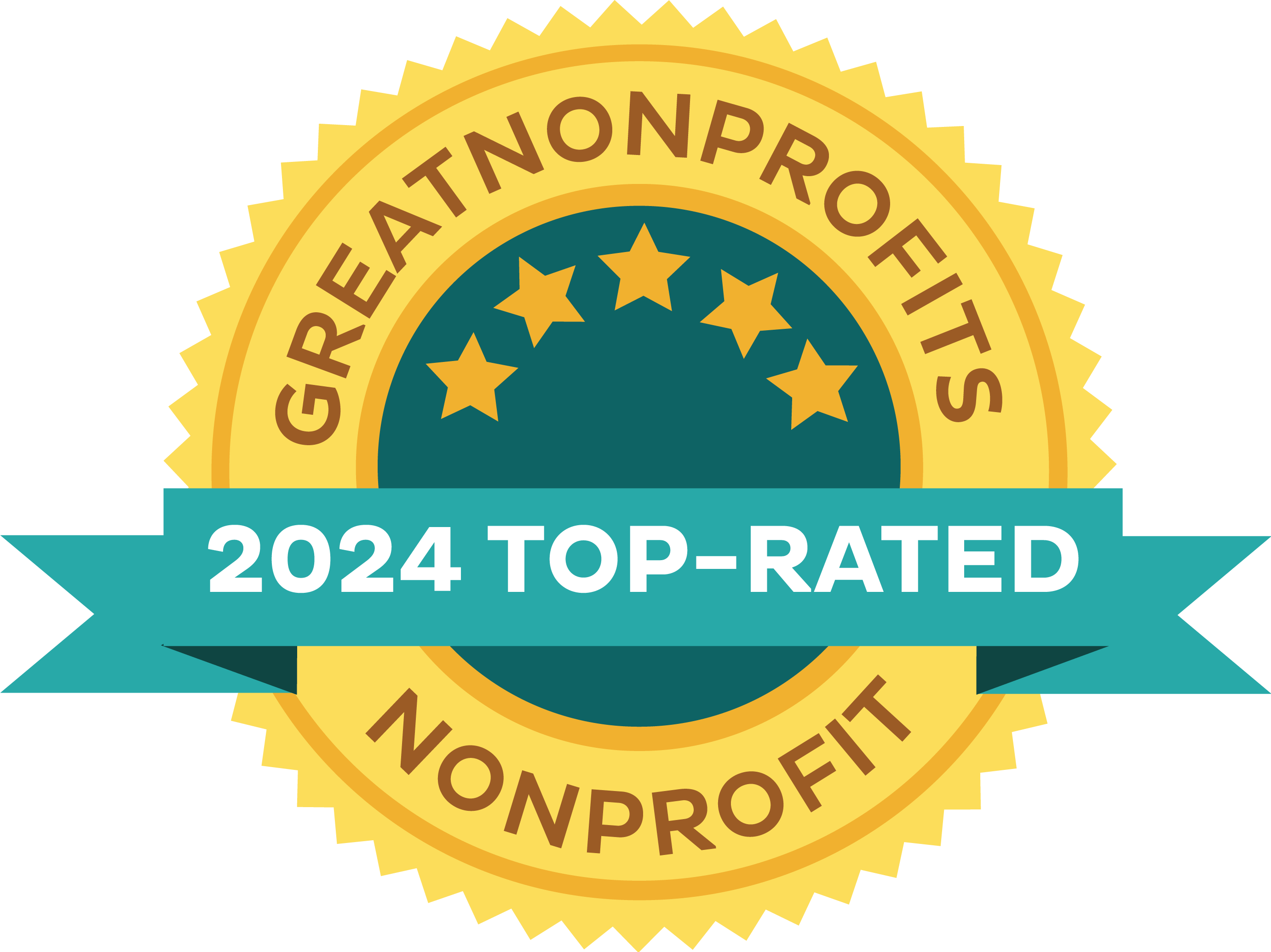Nicaragua – Hurricane Otto 2016

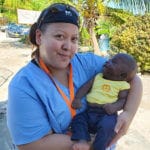
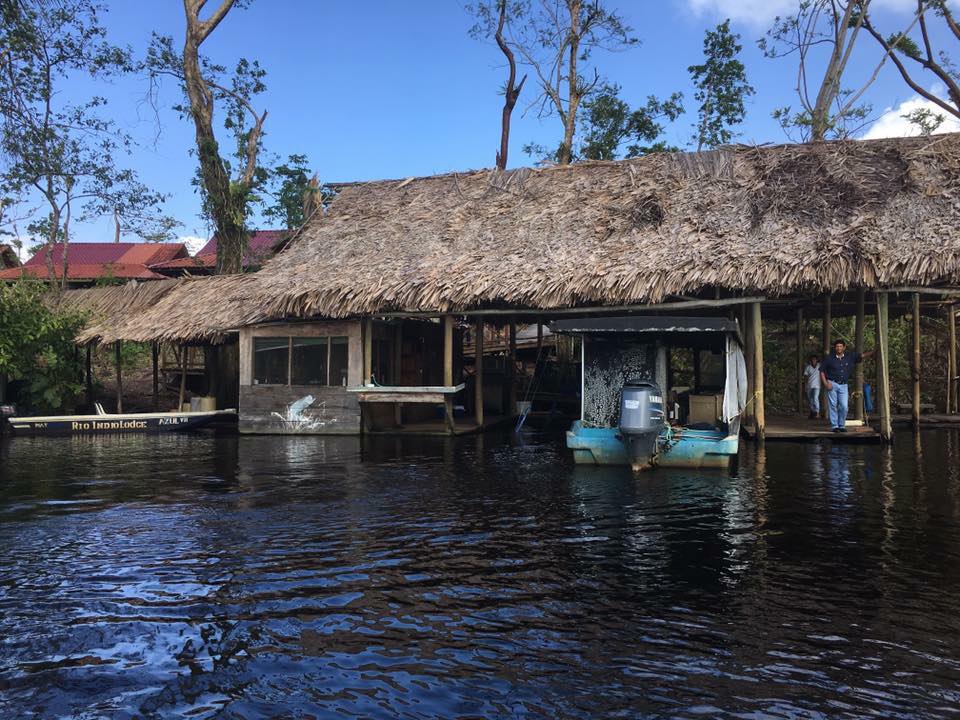
IMR clinics are composed of both our corps of international medical staff and local providers who partner shoulder-to-shoulder to help deliver sustainable healthcare elevating access to care for our patients. During this medical mission trip, a total of 64 volunteers and staff served over 380 patients. IMR provided much needed aid to the local health care system during the recovery period. IMR teams that included EMTs, nurses, doctors, dentists, and students who reached beyond borders in order to provide critical care to the most vulnerable communities impacted by the aftermath of this hurricane. During our urgent response to this disaster, IMR was able to provide a total aid value of $810,284.
Also, our first responders medical team also provided community health classes and conducted a children’s program engaging the youth in therapeutic activities designed in cooperation with children therapists specializing in trauma and loss to further the patient’s knowledge and education on health matters related to their personal health needs. During IMR’s critical work, we also provided 20 health education classes including hygiene, solar water disinfection, oral hygiene, sanitation, grieving and others. Over 990 people participated in these education classes. Educating communities allow for locals to become more empowered by their own health, as well as for the health of other community members.

Join Us in Making a Difference.
Bring much-needed acute medical and dental care to a beautiful, culture-rich destination. You can join an IMR medical mission team today!
